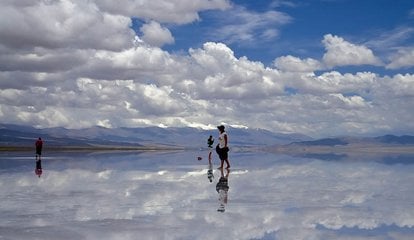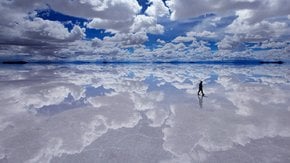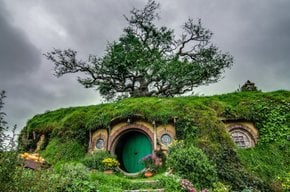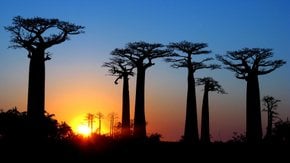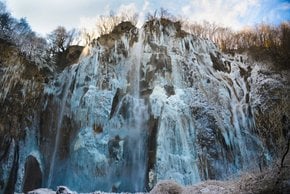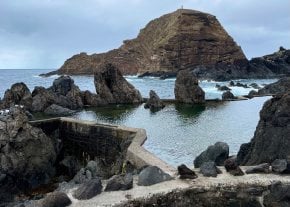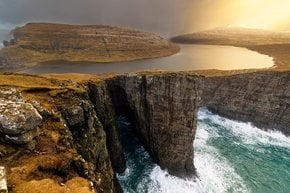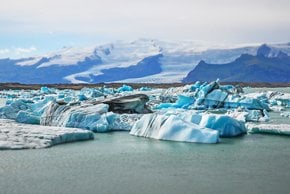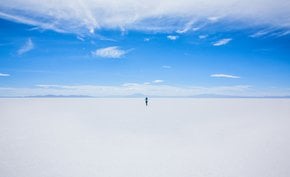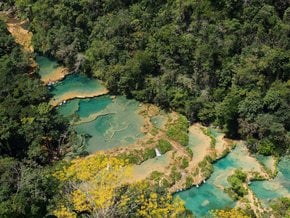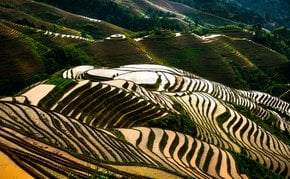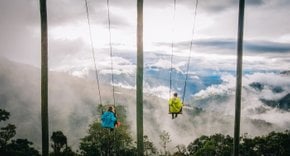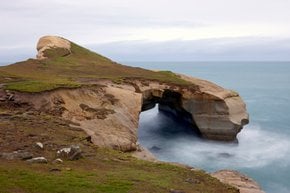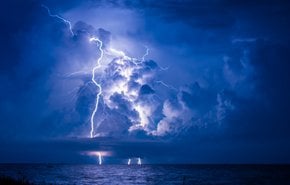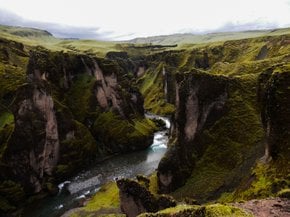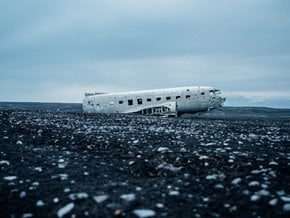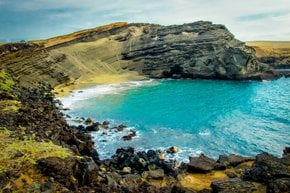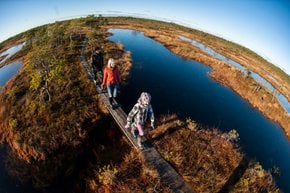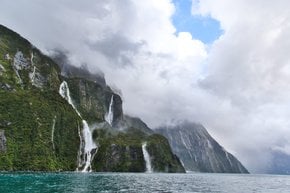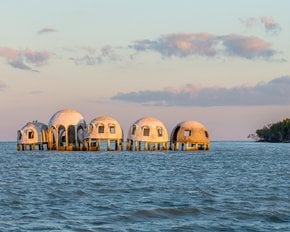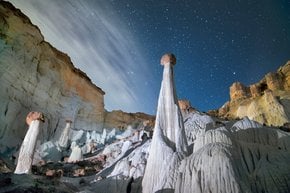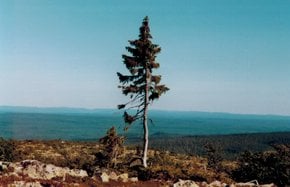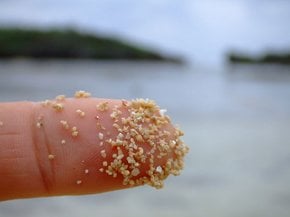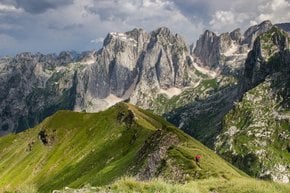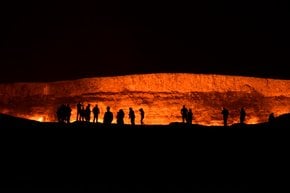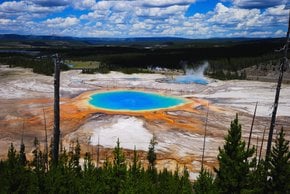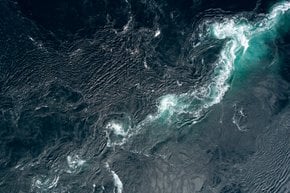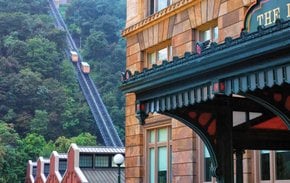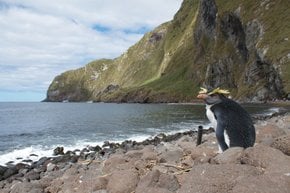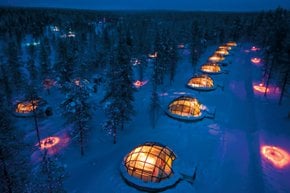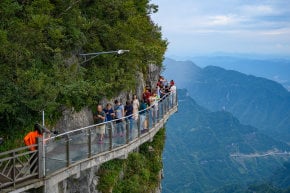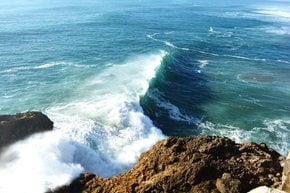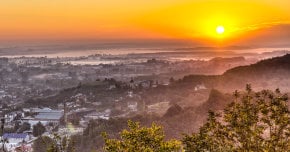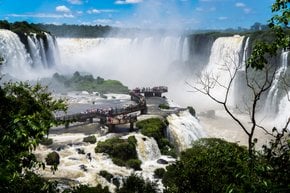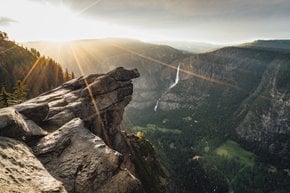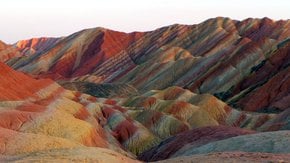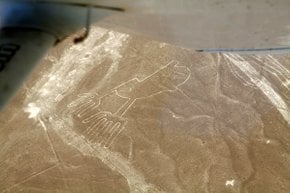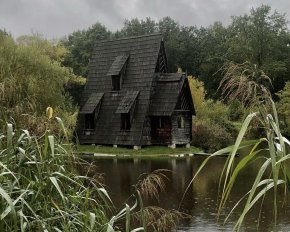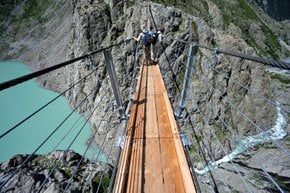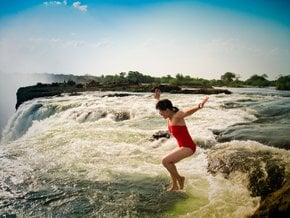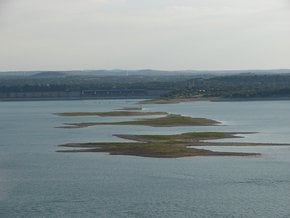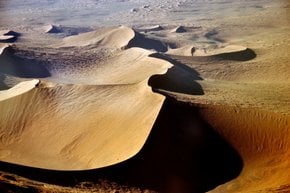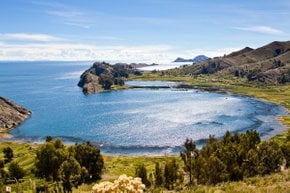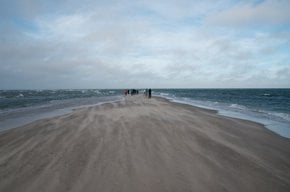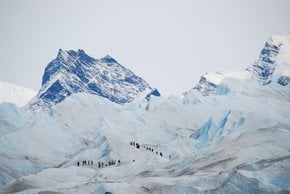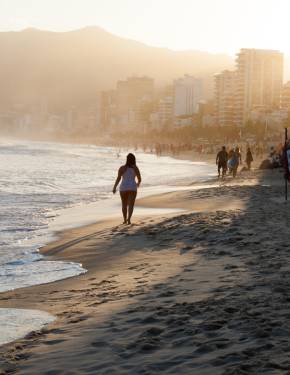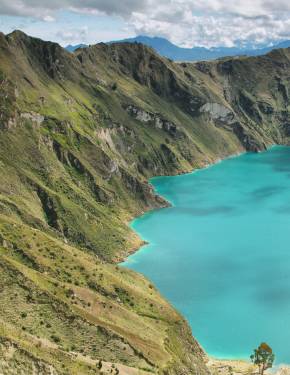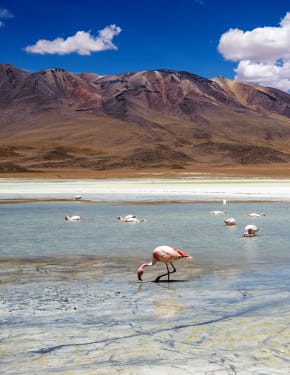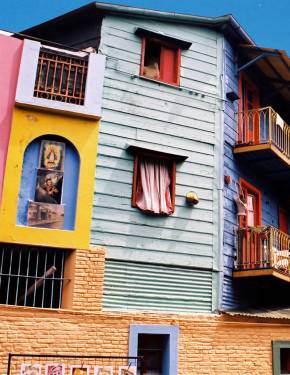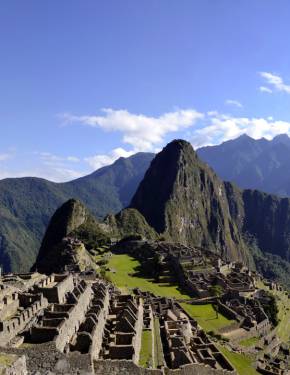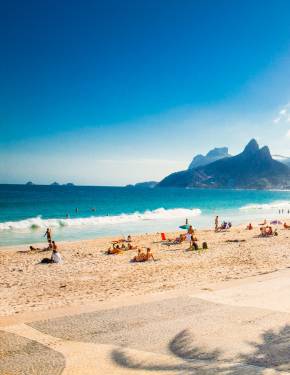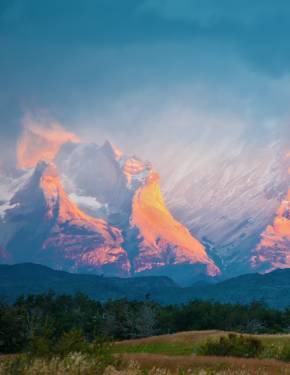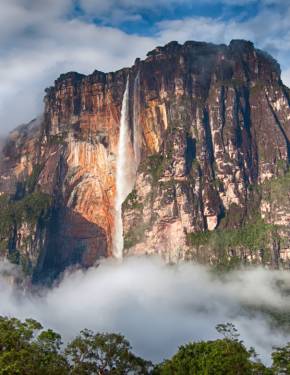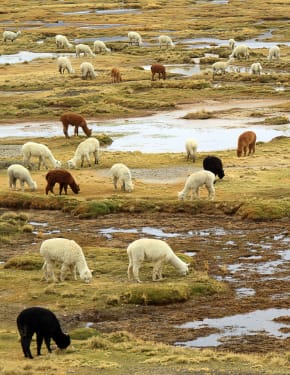Flooded Salinas Grandes in Argentina 2026
While some tourists try to avoid the flooded season, they seem to be missing out on a surreal spectacle
Best time: January–March
Covering 1814 square miles (4,700 sq km) of Argentina, Salina Grandes is the world's third largest salt flat after Salar de Uyuni in Bolivia and Atacama in Chile. Most of the tourists coming here include the white desert on their must-see list. During the dry season, the salt flats turn the desert into a snow-like landscape despite the relatively arid climate. If you're lucky and you visit the destination right after heavy rain, the vast expanse turns into a mirror, reflecting the blue sky and clouds above the salt flats.
Best Time to Visit
When you're trying to plan your visit to this magical place, a number of sources recommend the dry season rather than flooded. Some might think that visiting the salt flats after rain is quite unpleasant, what with mushy ground and standing water. While you may experience some discomfort, the pictures taken on such a surreal backdrop are worth it.
The rainy season begins in December, but then the desert might be described as slightly humid, not flooded, with just a thin layer of condensation covering the salt. The best landscapes appear in January. The peak of rainfall is over by the end of Argentina's summer, which falls in February. The surreal landscapes are likely to remain there till the end of March.
Reason Behind Salinas Grandes Floods
Nestled between mountains, which go up to the altitude of 14,763 feet (4,500 m), Salinas Grandes drops down to 11,482 feet (3,500 m) above sea level. Salt flat collects water from all around, including the mountains surrounding it. Salt has moisture-wicking properties, meaning it draws water to the surface, creating a thin layer over it. Because of the sun, the area quickly dries out and the beautiful scenery doesn't last for long.
Tickets
Since the Argentine peso experiences significant devaluation, the entry fees might vary as time goes by. However, generally, admission and accompanying guides vary around 6,000-8,000 Argentine pesos per car or 1,500-2,000 Argentine pesos per person. Besides providing interesting information about the salt flats, the guides take beautiful pictures. During floods, you might not be able to enter by car and only by foot. If you choose to take an excursion straight from Purmamarca, this might cost you around 1,500-2,000 pesos per person on a bus, plus any fees for additional destinations, such as Ojo de Salar. Prices slightly differ for Argentinians and foreigners.
Transportation
The easiest way to get to Salinas Grandes is from the village of Purmamarca. The bus station usually offers regular shuttle buses from 8 am until 5 pm on weekdays and Saturdays. There are fewer buses on Sundays, so plan ahead. The trips do not follow a strict schedule, with buses departing as soon as they reach full capacity.
If you plan to travel to Salinas Grandes on your own, either in a rented or personal vehicle, beware that while the road from Purmamarca is paved and well-maintained, it has many sharp turns and unexpected curves.
Accommodation in Purmamarca
Purmamarca is a picturesque village nestled at the foot of a mesmerizing Seven Colors Hill, a destination worth visiting on its own. Its close proximity to salt flats, the Atacama Desert, and other natural attractions nearby make it a perfect spot to stay the night and relax after a long day of traveling. The village offers various accommodation options, from camping grounds for adventure tourists to comfortable four-star hotels with scenic vistas. The cost generally starts at 32,000 Argentine pesos per person for one night
Tips for Your Visit
The vast expanse of salt flats is located at a high elevation, which is why you might feel slightly out of breath. Additionally, many visitors recommend bringing sunglasses, hats, and sunscreens at any time of the year. The winds are quite strong in the desert, so consider bringing a windbreaker and a sweater to keep you warm.
Other Attractions in the Area
While you're in the area, consider exploring other attractions nearby. These include the Quebrada de Humahuaca mountain range, Quebrada de las Conchas National Park, the Tilcara and Purmamarca Villages, and the city of Salta. If you choose to take a tour bus to Salinas Grandes, some buses also stop at Ojo de Salar, picturesque lagoons in the heart of the Atacama Desert.
Environmental Concerns
In addition to salt, Salinas Grandes is one of the world's largest sources of lithium and has been used for lithium extraction for many years. However, this extraction has had severe negative impacts on local communities and Indigenous groups who rely on the salt flats for their livelihoods. Moreover, lithium production requires a considerable amount of water, which is already scarce in this arid region.

